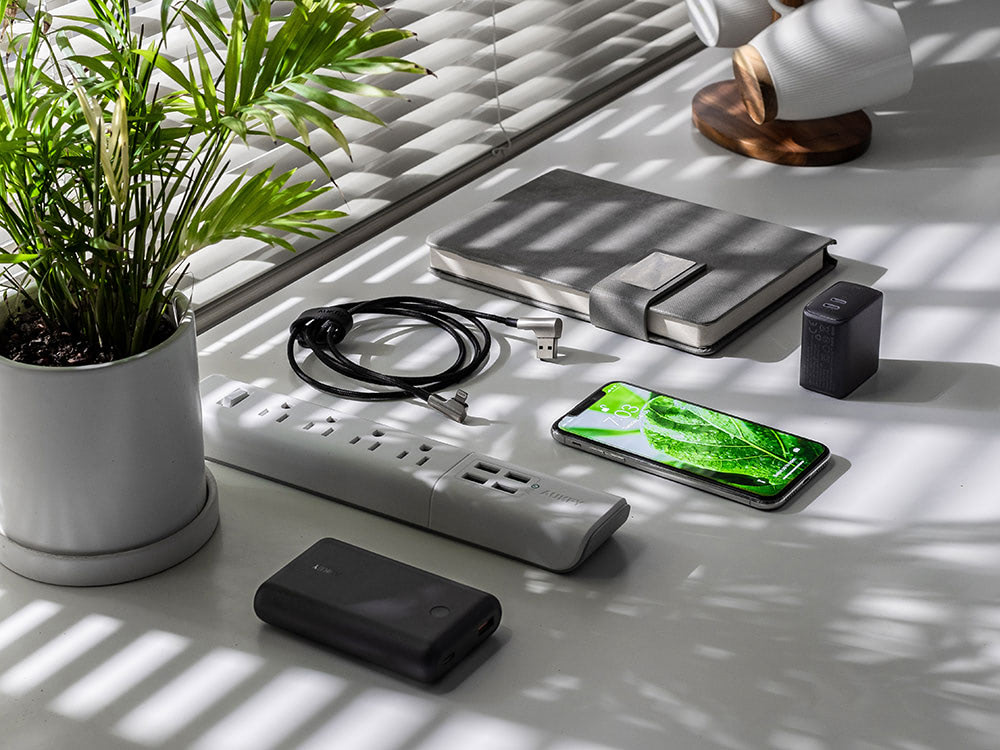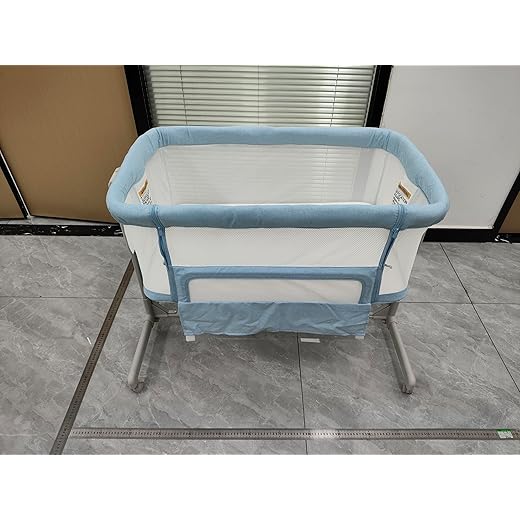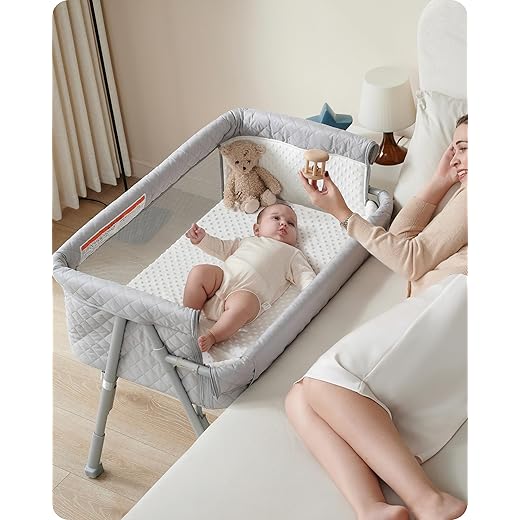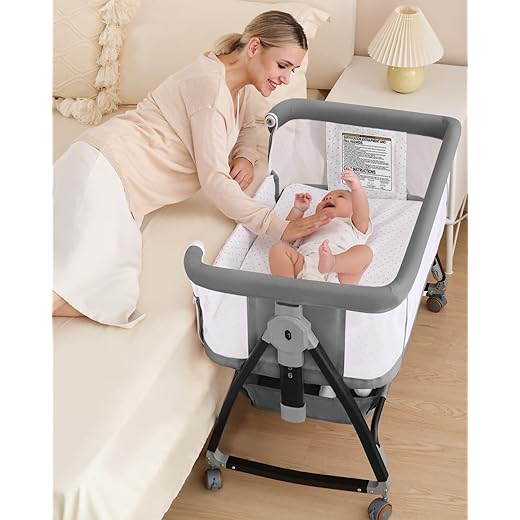The Big Kid Bed: Your Stress-Free Guide to Transitioning from Bassinet to Crib

There’s a bittersweet milestone in your baby’s first year that often sneaks up on parents. One night, as you gaze at your little one snoozing peacefully in their bassinet beside you, a realization dawns: they’re getting a little too cosy in that snug sleep space. Their once-spacious bassinet is suddenly looking… small.
The transition from bassinet to crib is more than just a change of sleeping furniture; it’s a leap into a new stage of infancy. It can feel daunting, filled with questions about timing, safety, and whether anyone will get any sleep during the process.
Take a deep breath. You’re not alone in this. With a thoughtful, gentle approach, you can make this transition a positive step for your entire family. This guide is your trusted companion, packed with practical tips and empathetic advice to turn this potential challenge into a resounding success.
The Golden Question: When is the Right Time?
There’s no universal date on the calendar for this move. Every baby is gloriously unique. However, there are clear signs your baby is ready to transition from their bassinet that you can look for.
Key Signs of Readiness:
- They’re Meeting the Physical Milestones: The most critical sign is when your baby starts to roll over or push up on their hands and knees. Bassinets are designed for non-mobile newborns and can become unsafe once a baby is more active.
- They’re Bumping the Sides: If you’re noticing your little one is consistently making contact with the sides or ends of the bassinet, it’s a clear indicator they’ve outgrown the space. A cramped sleep environment can lead to more frequent wake-ups.
- They’ve Reached the Weight Limit: This is non-negotiable. Check your bassinet’s manual for its maximum weight capacity (usually between 15 and 20 pounds). Exceeding this limit compromises the product’s structural integrity and safety.
- They (and You) Are Ready for More Space: Sometimes, it’s as simple as everyone needing a bit more room. If your baby’s sleep is becoming disrupted, or you feel the family is ready for them to be in their own room, that’s a valid reason to start the process.
Most babies make this move between 3 and 6 months, but always let your baby’s development and the manufacturer’s guidelines be your north star.
Laying the Groundwork: Preparing for a Smooth Transition
A successful transition begins long before the first night in the crib. A little preparation can work wonders in making the new environment feel familiar and safe.
1. Create a Safe and Inviting Sleep Sanctuary.
Your baby’s nursery should be a calm, safe haven. Ensure the crib meets all current safety standards—slats should be no more than 2 3/8 inches apart, and the mattress should be firm and fit snugly with no gaps. Use a fitted sheet specifically designed for the crib mattress and nothing else—no loose blankets, pillows, or stuffed animals. This is the cornerstone of safe infant sleep.
2. Master the Art of the Nap.
The best way to introduce the crib is often in the daylight. Start by putting your baby down for their first nap of the day in the crib. Babies are typically most alert and good-humoured in the morning, making them more receptive to change. This allows them to get familiar with the new sights, smells, and sensations of the crib without the pressure of a long night ahead.
3. Imbue the Space with Familiarity.
A crib can feel vast and impersonal after a cosy bassinet. To make it feel more like home, use a wearable blanket or sleep sack they’re already accustomed to. You can also use the same white noise machine that was near their bassinet. For a few nights before the transition, spend some quiet playtime in the nursery during the day, so it becomes a positive, familiar space.
Your Action Plan: The Step-by-Step Crib Transition
You’ve spotted the signs and prepared the room. Now, it’s go-time. Here is a gentle, phased approach to implementing the move.
Phase 1: The Gradual Introduction (The “Drowsy But Awake” Method)
For their first few naps and bedtime sleeps in the crib, follow your established bedtime routine (e.g., bath, book, song) and then place your baby in the crib drowsy but awake. This is the single most important skill for independent sleep. It allows them to connect sleep cycles on their own, which is crucial when they wake in the unfamiliar space overnight.
- What to do: After your routine, place them in the crib. Offer some gentle reassurance with your voice or a hand on their chest, then leave the room.
- What to expect: They may fuss or cry. Give them a few minutes to see if they can self-soothe. If they become increasingly upset, go in and offer comfort without picking them up immediately, then try again.
Phase 2: Be Consistent and Patient
Consistency is your superpower. Try to use the crib for every sleep, day and night, once you’ve started the transition. It’s tempting to bring them back to the bassinet after a rough wake-up, but this can confuse your baby and prolong the process. Trust the routine you’ve built.
Phase 3: Navigating the Inevitable Hurdles
It’s rare for this transition to be perfectly seamless. Be prepared for a few speed bumps.
- The 4-Month Sleep Regression: If this transition coincides with the 4-month sleep regression, you have a perfect storm. During this period, baby sleep patterns mature, leading to more frequent night wakings. If this happens, double down on your consistent routine. This is often the hardest time to make a change, but succeeding now will pay dividends for future sleep.
- The “I Miss You” Fussiness: Your baby is used to your close proximity. It’s normal for them to protest the change. You can offer comfort, but try to do so in the nursery to reinforce that this is now their safe sleep space.
Troubleshooting Common Crib Transition Problems
- “My baby won’t sleep in the crib and cries immediately!”
This is the most common issue. Ensure the sleep environment is optimal (dark, cool, with white noise). Stick to your “drowsy but awake” practice for at least a week. Sometimes, they just need time to adjust to the new normal. - “They keep rolling and getting stuck in the crib.”
Once a baby can roll, they should be placed on their back to sleep, but are allowed to find their own comfortable position. If they roll onto their tummy, it’s okay as long as you put them down on their back and the crib is free of hazards. They will learn to adjust and get comfortable. - “The transition is causing a sleep regression.”
Any change can cause a temporary regression. Maintain your boundaries and routines. This is not the time to introduce new sleep props like rocking to sleep, which can create long-term dependencies.
A Word on Safe Sleep
As we embrace this new stage, let’s reaffirm the golden rules of safe sleep for your baby:
- ALONE: The crib should be empty—no bumpers, toys, pillows, or loose bedding.
- ON THEIR BACK: Always place your baby on their back to sleep.
- IN A CRIB: A firm, flat mattress in a safety-standard compliant crib is the only safe sleep surface for this age.
Celebrating the Milestone
Transitioning from bassinet to crib is a significant sign of your baby’s growth. It’s a step towards independence, for them and for you. While it might be emotional to say goodbye to the bassinet days, you’re welcoming a new chapter.
Be patient with the process and, most importantly, with yourself. You are learning and adapting right alongside your baby. With this plan in your parenting toolkit, you’re more than equipped to handle this transition with confidence and grace. Sweet dreams!
Your Top 5 Crib Transition Questions, Answered!
Q1: What is the best age to transition from bassinet to crib?
There isn’t one “best” age, as it depends on your baby’s development. However, most babies make the move between 3 and 6 months. The most important factors are your baby’s size (have they reached the bassinet’s weight limit?), mobility (are they starting to roll or push up?), and comfort (do they seem cramped?). Always follow the manufacturer’s guidelines for your specific bassinet.
Q2: How long does it take for a baby to get used to a crib?
This varies widely. Some babies adjust within a few nights, while others may take a few weeks. The key is consistency. Using the crib for both naps and nighttime sleep helps speed up the process. Sticking to a solid, calming bedtime routine is also crucial for helping your baby feel secure and understand what to expect.
Q3: Should I transition to a crib cold turkey or gradually?
A gradual approach is almost always less stressful for both baby and parents. The most effective method is to start with daytime naps in the crib. This allows your baby to get familiar with the new environment in a low-stakes setting. Once they are comfortable napping there, moving to overnight sleep becomes a much smaller leap.
Q4: My baby cries every time I put them in the crib. What should I do?
It’s completely normal for babies to protest a change. First, ensure all their needs are met (they’re fed, burped, and have a clean diaper). Then, stick to your routine. You can offer comfort by shushing, patting their back, or speaking softly while they are in the crib, but try to avoid immediately picking them up unless they are intensely crying. This teaches them that the crib is a safe place, even if you’re not holding them.
Q5: Is it safe to put pillows or crib bumpers in the crib to make it more comfortable?
No. For the first year, the crib should be completely bare except for a firm mattress with a tight-fitting sheet. Pillows, loose blankets, stuffed animals, and crib bumpers all pose a suffocation risk and are not recommended by the American Academy of Pediatrics. A wearable sleep sack is a safe and cozy alternative to a blanket.






